- News
- Reviews
- Bikes
- Accessories
- Accessories - misc
- Computer mounts
- Bags
- Bar ends
- Bike bags & cases
- Bottle cages
- Bottles
- Cameras
- Car racks
- Child seats
- Computers
- Glasses
- GPS units
- Helmets
- Lights - front
- Lights - rear
- Lights - sets
- Locks
- Mirrors
- Mudguards
- Racks
- Pumps & CO2 inflators
- Puncture kits
- Reflectives
- Smart watches
- Stands and racks
- Trailers
- Clothing
- Components
- Bar tape & grips
- Bottom brackets
- Brake & gear cables
- Brake & STI levers
- Brake pads & spares
- Brakes
- Cassettes & freewheels
- Chains
- Chainsets & chainrings
- Derailleurs - front
- Derailleurs - rear
- Forks
- Gear levers & shifters
- Groupsets
- Handlebars & extensions
- Headsets
- Hubs
- Inner tubes
- Pedals
- Quick releases & skewers
- Saddles
- Seatposts
- Stems
- Wheels
- Tyres
- Health, fitness and nutrition
- Tools and workshop
- Miscellaneous
- Tubeless valves
- Buyers Guides
- Features
- Forum
- Recommends
- Podcast
Top Tech Trends from the 2017 Tour de France - disc brakes, aero, wider tyres and more observations from the peloton
What are the biggest tech trends in the Tour de France this year? We took a closer look to find out.
The main observation is that really there are no radical new trends this year. Instead, it's a continuation of trends we’ve seen introduced in the last few years, to the point that most are largely standard now. Not much has changed since last year really. With the massive exception of disc brakes making their mark, that is...
1. Disc brakes can win races
There’s been so much debate about disc brakes and their introduction in the professional peloton over the last couple of years, but Marcel Kittel silenced a lot of doubters and haters by not only choosing disc brakes but winning five stages on a Specialized Venge ViAS with disc brakes. They hardly seemed to slow him down. And even when he sadly crashed out of the race, there were no injuries resulting in his bike have disc brakes. Still, we're yet to see a wholesale adoption of disc brakes but with Kittel seemingly getting on so well with them might a few entrenched opinions have changed?
2. Aero rules, most of the time
Aerodynamics has been the hottest buzzword in the cycling industry for a couple of years now, the engineers at bicycle companies pushed by the demands of the professional peloton for faster bikes, with weight no longer the battlefront it once was. Where the climbers used to count the grammes on their bikes, sprinters now obsess over how aerodynamic their bikes are. That’s why Marcel Kittel uses a Specialized Venge ViAS, and most sprinters and breakaway specialists opt for the aero race bikes in their bike sponsors range. Here's the all-new Merida Reacto launched at the race.
We’re starting to see regular race bikes being given an aero makeover. Canyon’s latest Ultimate CF SLX has some aerodynamics tweaks - the shape of the down tube, reduced frontal surface area, optional Aerocockpit one-piece bar, and internal seatclamp. Specialized’s brand new Tarmac SL6 is supposedly as aerodynamic as the original Venge, despite weighing just 790g.
But still the biggest developments are on pure aero road bikes, like the Merida above. Giant showed off a disc version of its Propel Advanced aero race bike before the race, though it's not being seeing much action.
It’s not just about pure aero bikes for the sprinters, either. Even on a mountain stage, the top climbers are still opting for deep section carbon rims, albeit shallower than the rims they would use on a flat stage. The speed these guys are racing up the mountains ensures that there’s still an aerodynamic advantage to be had with the right equipment, and the weight of the shallow section tubular wheels is about as light as it’s possible to get this side of a Lightweight. Shimano’s new C40 tubular weighs a claimed 1,343g and the Corima 32 S+ wheels ridden by Fabio Aru weigh just 1,130g, so you get the aero benefit without a weight penalty.
3. All bikes still weigh 6.8kg
There’s not quite the same arms race for lightweight frames that there used to be, but several manufacturers launched drastically lighter frames at the Tour de France. It shows the advances in frame manufacturing and understanding of carbon fibre. Trek’s new Emondo weighs 640g, Look’s 785 Huez RS is 730g, the BMC Teammachine SLR01 is 790g and the new Specialized Tarmac is 733g.
Despite those impressive advances in frame design, the bikes the pros race are still limited by the UCI’s minimum weight limit of 6.8kg. So, as frames get lighter, team mechanics are clearly going to have to add back some weight to the bikes. Aluminium bars and power meters add some weight, but there comes a point when lead weights are needed to bring the bikes up to the weight limit. Which just makes a mockery of the outdated rule and it’s high time the UCI updated the weight limit or scrap it entirely.
- Tour tech 2017: 5 new superlight road bikes
4. Wider tyres…
This has been one of the most interesting trends of recent years: wide tyres are now largely standard on all race bikes in the professional peloton. Most race bikes are now equipped with 25 and 26mm tyres, with any reluctance by the more traditional cyclists fading in the light of clear evidence that wider tyres are faster. Most of the latest race bikes are designed for even wider tyres so clearance is no longer the issue it used to be.
- Why you need to switch to wider tyres
5. …and wider rims
Tyre width is one part of the equation, but the width of the rim plays a key part in the overall aerodynamic performance of the wheel and tyre combination. We’ve seen leading wheel manufacturers move to fatter rim profiles in recent years, with many of the Shimano sponsored teams using the new wider Dura-Ace rims.
- Shimano reveals new top-end R9100 Dura-Ace groupset
6. Easier gears
The days of 11-23 corn cob cassettes are long gone, which will have been a relief for the pros in the mountains. Today 11-28t cassettes for the Shimano sponsored riders are most common cassette choices, and by and large they stick with the same cassette for all stages, hilly and flat.
They can go wider if they want. The latest groupsets are now compatible with wider range cassettes. The latest Shimano Dura-Ace R9100 accommodates up to a 30t cassette, and SRAM’s WiFli can go all the way to 32t. Even Campagnolo now offers an 11-32t cassette alongside the standard 11-27t.
- Struggling on the hills? If you need lower gears to make climbing easier, here's how to get them
7. One-piece integrated handlebars are popular
Aerodynamics has shaped not just the frame and wheels, but also now too the handlebars. One-piece integrated handlebar and stems are increasingly popular in the professional peloton, with most bike brands now offering the choice. This one belongs to Marcel Kittel and is produced by Vision, a sub-brand of FSA. There were many other examples, even Chris Froome is this year using a one-piece PRO handlebar setup.
8. Aluminium trumps carbon handlebars
Those riders steering clear of one-piece handlebars also largely steer clear of carbon fibre for the regular handlebar, with aluminium often being chosen. Why? Weight will be one factor, but also the durability in the crashes that seem to be more frequent in races these days - an aluminium bar is less likely to fail when the bike hits the deck.
9. Electronic shifting dominates
Shimano’s Dura-Ace Di2 groupset enjoys almost complete domination for another season, with the rest split between Campagnolo Super Record EPS and SRAM Red eTap. You occasionally see the occasional preferring mechanical gears for personal reasons, but even Alberto Contador, a rider who has favoured mechanical gears, is this year riding electronic gears.
There’s been no sign of FSA's WE wireless groupset or Rotor's Uno hydraulic groupset. Maybe next year guys?
10. Integrated electronics
With the prevalence of electronic groupsets, you’ve probably got used to small control box strapped to the bottom of the stem? Finally thouhg, the bike brands have found a smart way of concealing it, and a few teams were making use of this new feature.
The new Pinarello Dogma F10 has a small compartment in the top of the down tube to house the Di2 junction box, and the team is making use of it. It’s a much more clean approach than attaching it to the stem, while still being accessible if the gears need tuning. Likewise the new BMC Teammachine SLR01 pictured above. We're seeing more 2018 bikes go down this path and it's good to see, it resultsin a much cleaner looking bike.
11. Drivetrain efficiency
There are still some marginal gains if you look hard enough. Riders and manufacturers are still looking for ever smaller advantages to provide a competitive edge over their rivals. One product we've spotted a bit more at this year's Tour is CeramicSpeed's radical Oversized Pulley Wheel System. This one was spotted on Romain Bardet's race bike.
Retrofitted to a Shimano Dura-Ace rear derailleur, the pair of 17-tooth pulley (or jockey if you prefer) wheels are claimed by the company to improve drivetrain efficiency and save 2.5W at 250W over a standard Dura-Ace setup. The concept relies on the idea that the chain is under less force on a bigger pulley and the reduced tension the chain is under improves efficiency. At £400 they’re not cheap, but that’s not a problem for a professional team with sponsorship deals that cover the cost of expensive equipment.
Are there any tech trends you've spotted or that you would like to see?
David worked on the road.cc tech team from 2012-2020. Previously he was editor of Bikemagic.com and before that staff writer at RCUK. He's a seasoned cyclist of all disciplines, from road to mountain biking, touring to cyclo-cross, he only wishes he had time to ride them all. He's mildly competitive, though he'll never admit it, and is a frequent road racer but is too lazy to do really well. He currently resides in the Cotswolds, and you can now find him over on his own YouTube channel David Arthur - Just Ride Bikes.
Latest Comments
- mark1a 6 min 37 sec ago
I wonder if this money grab is partly due to WBD having recoup the money they spent absorbing BT Sport and the all the rights contracts that they...
- chrisonabike 7 min 37 sec ago
I'm expecting the cycling version of "Constable Savage"-style stories appearing here soon....
- chrisonabike 10 min 30 sec ago
Well, it's a victory for people power... unfortunately I think a mistaken one *. The problem (as Chris Boardman has noted) is that such failures...
- a1white 36 min 36 sec ago
How did you find the Planet X Titanium frames? You never see reviews of them anywhere, but they look good value.
- Surreyrider 41 min 16 sec ago
This is the way sport coverage is going. But that should mean ending the BBC licence fee, freeing up that money at least to invest in what we...
- mitsky 48 min 28 sec ago
This (the health benefits) is one of the economic pillars that we can wave at drivers who complain we don't pay road tax etc....
- chrisonabike 1 hour 11 min ago
I'd start even younger... (I actually think driving licences should need renewed after a period, whatever age)....
- Secret_squirrel 2 hours 50 min ago
Good for them and cycling in general.
- David9694 3 hours 53 min ago
It's a topsey-turvey world some times:...
- wtjs 11 min 19 sec ago
wtjs who, if I've understood correctly, only reports "must"s now...
























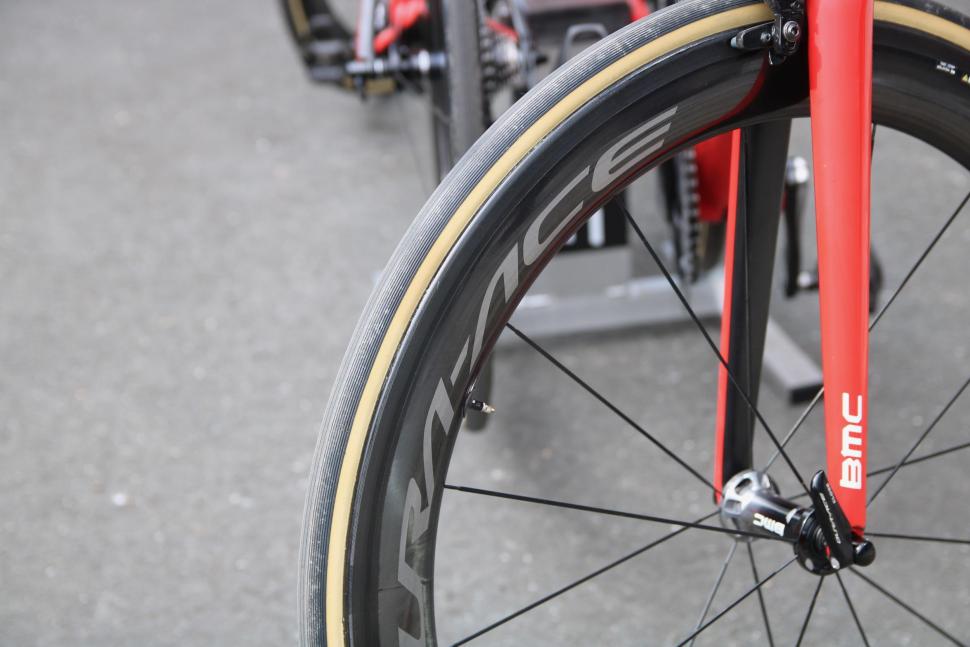
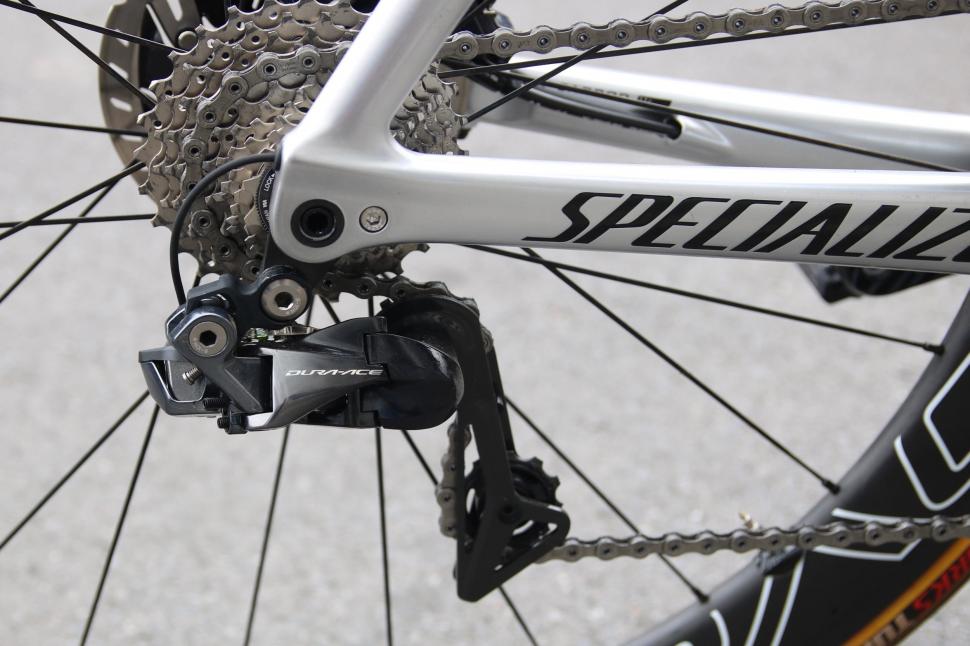
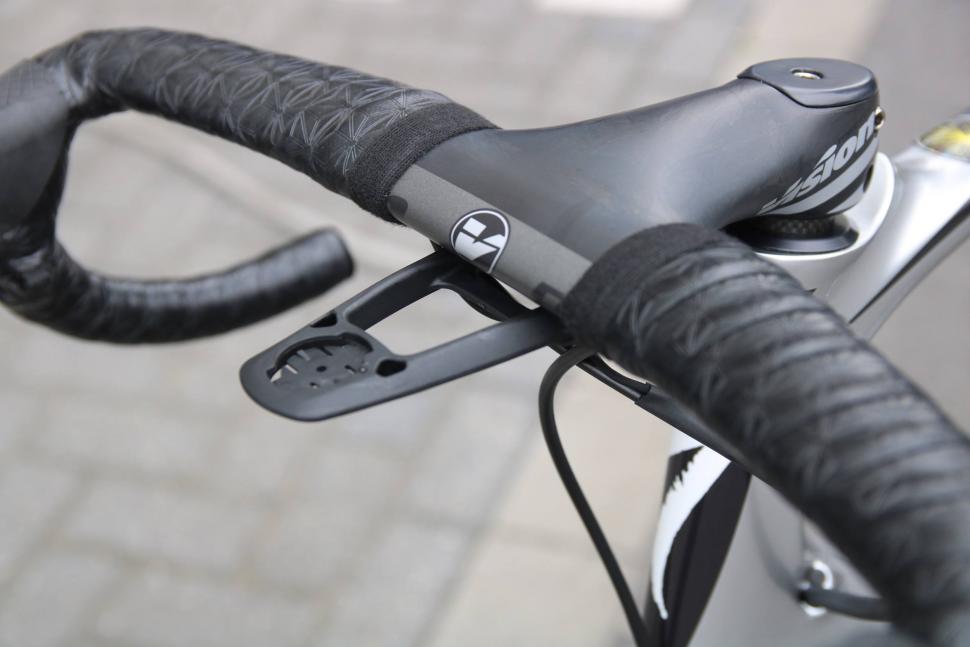
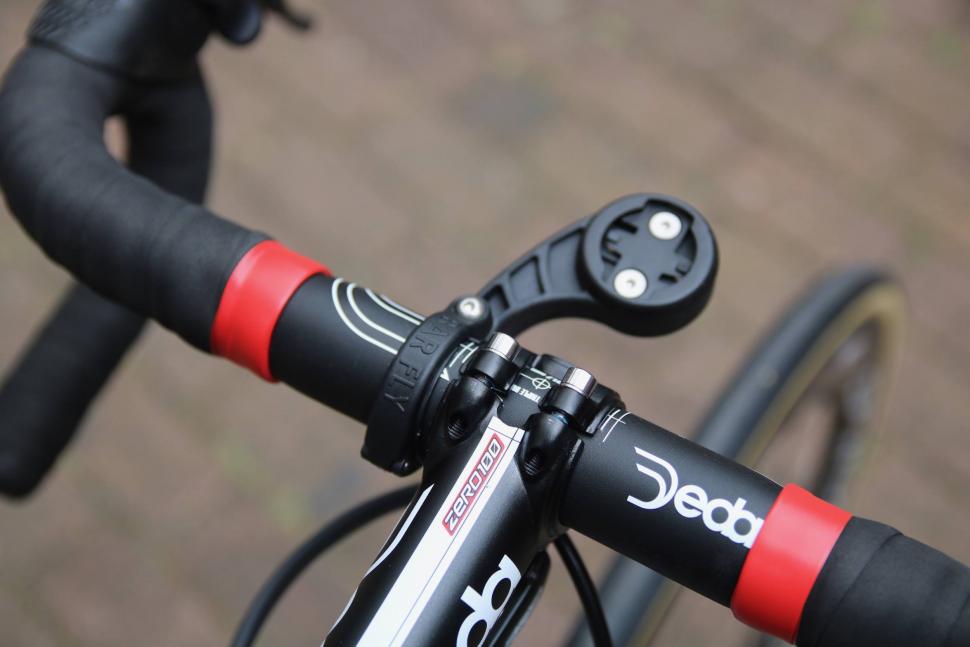
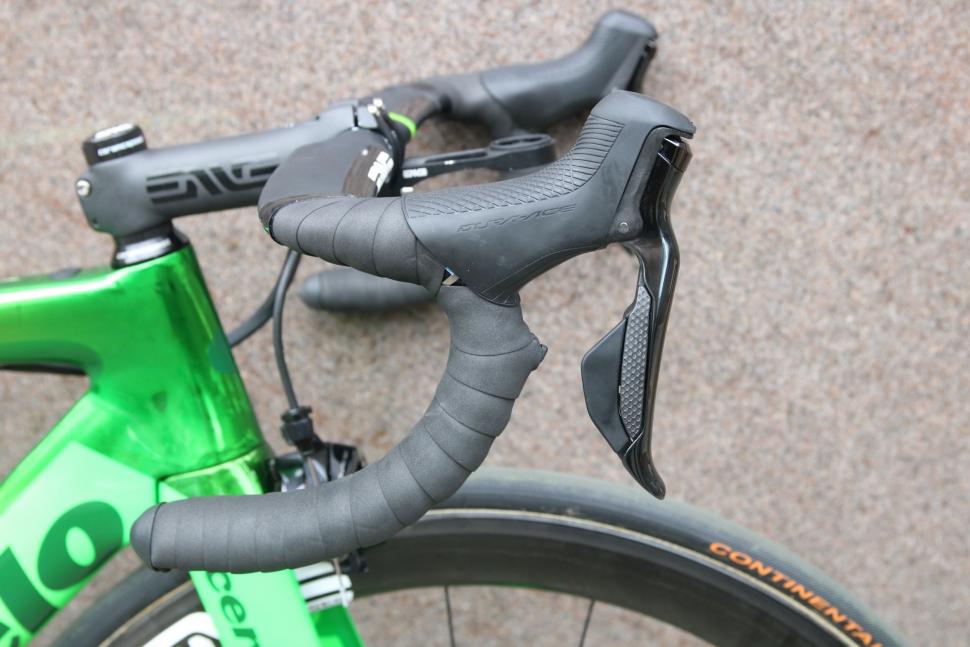


Add new comment
3 comments
I laugh at the oversize jockey wheels, surely they cost more in aero than they save in friction?!
There are plenty of other marginal gains to be had that most of the teams clearly aren't even considering.
Wait! What? Still no tubeless tires? Why? Is it useless on road bike?
It would make sense for the pros to at least have sealant in their tyres. The weight penalty of a bit of sealant must be far outweighed by the risk of a puncture wrecking GC/points/climbers chances.